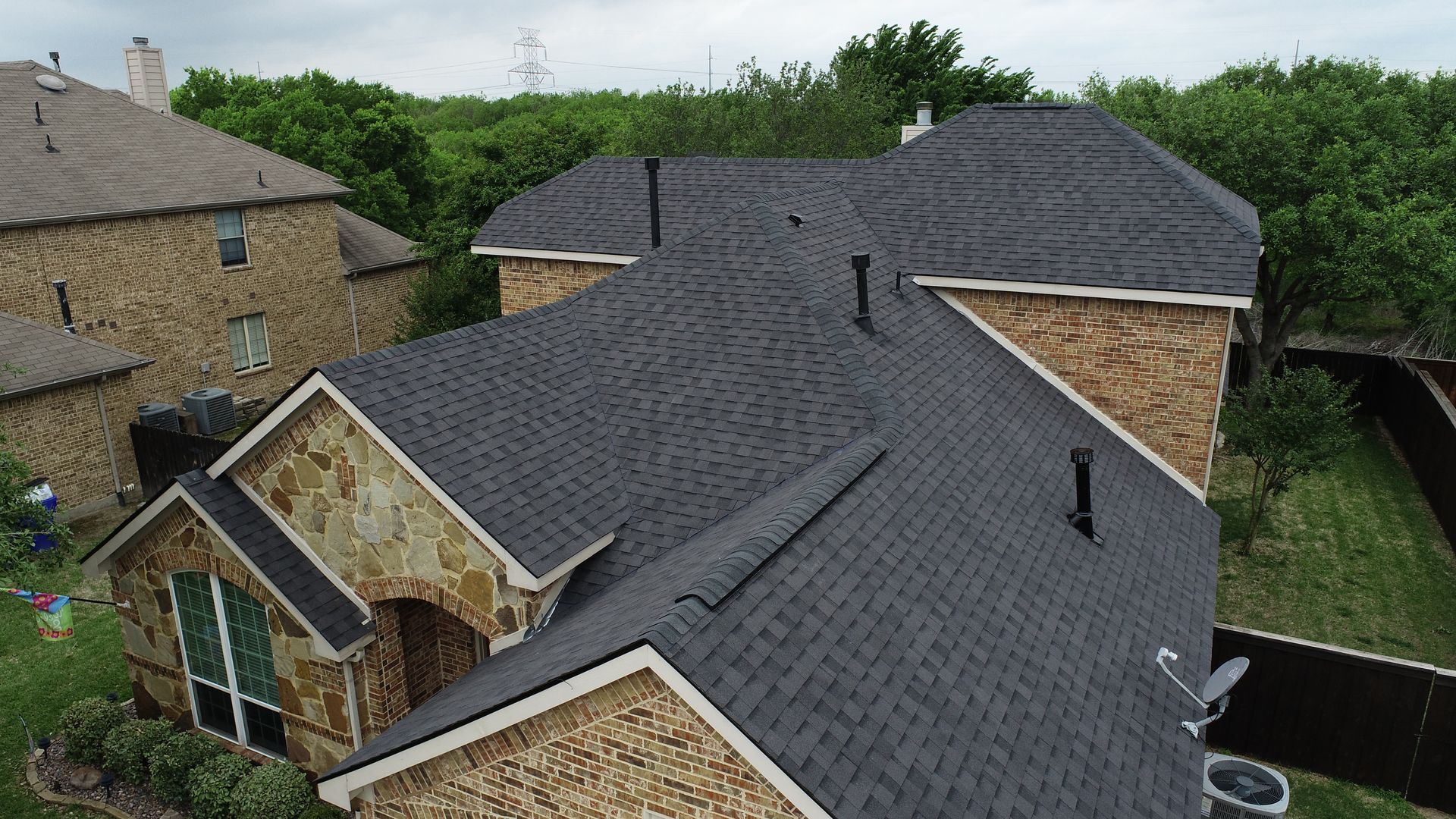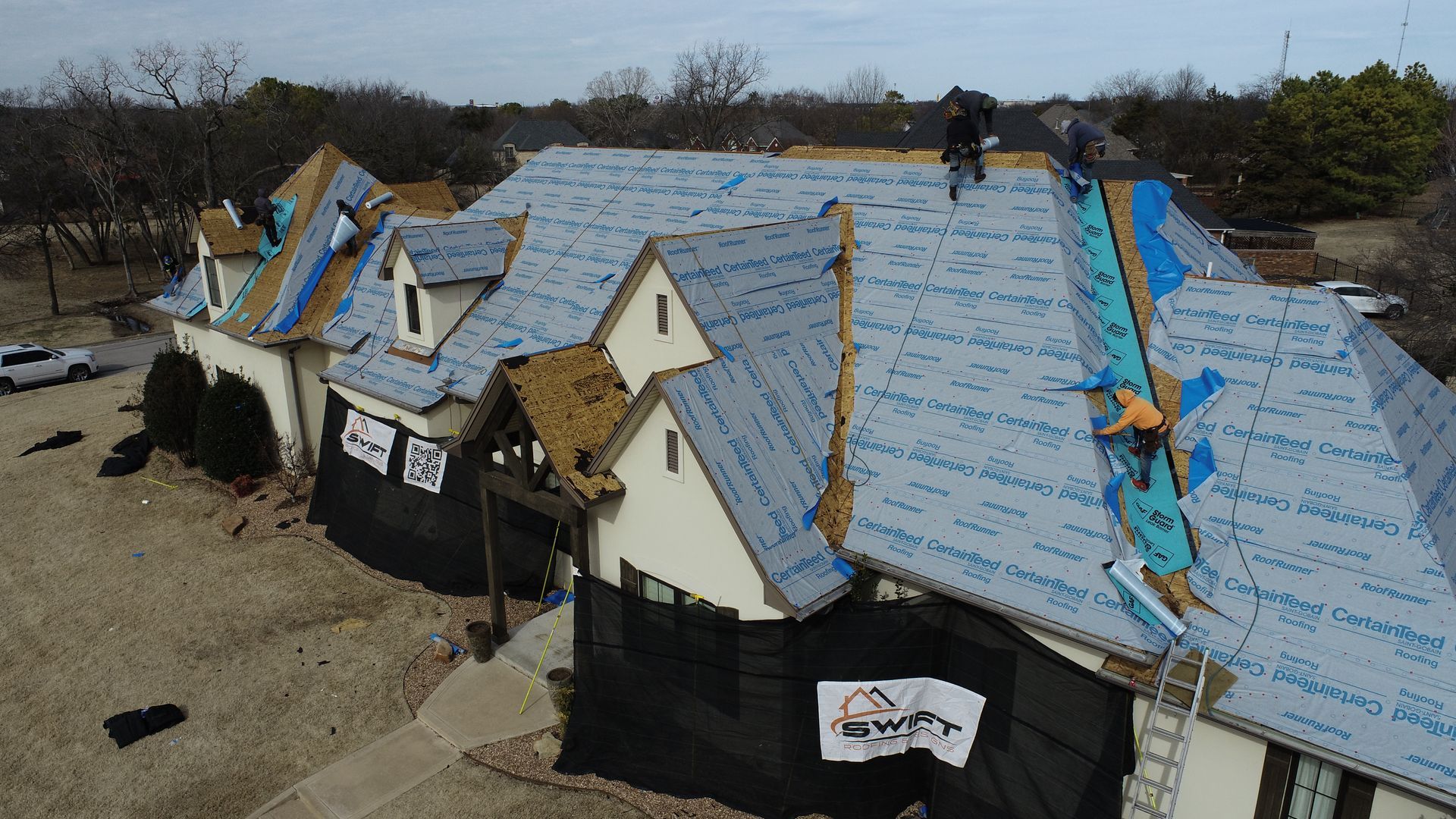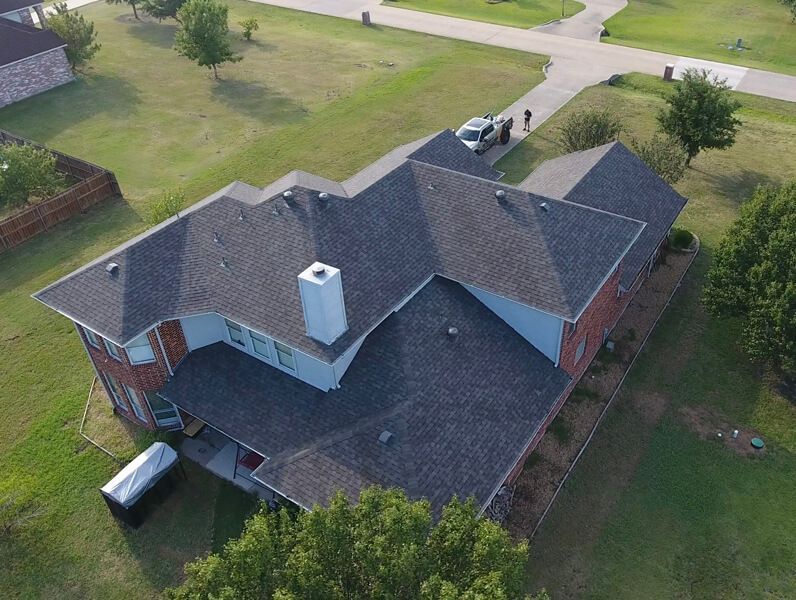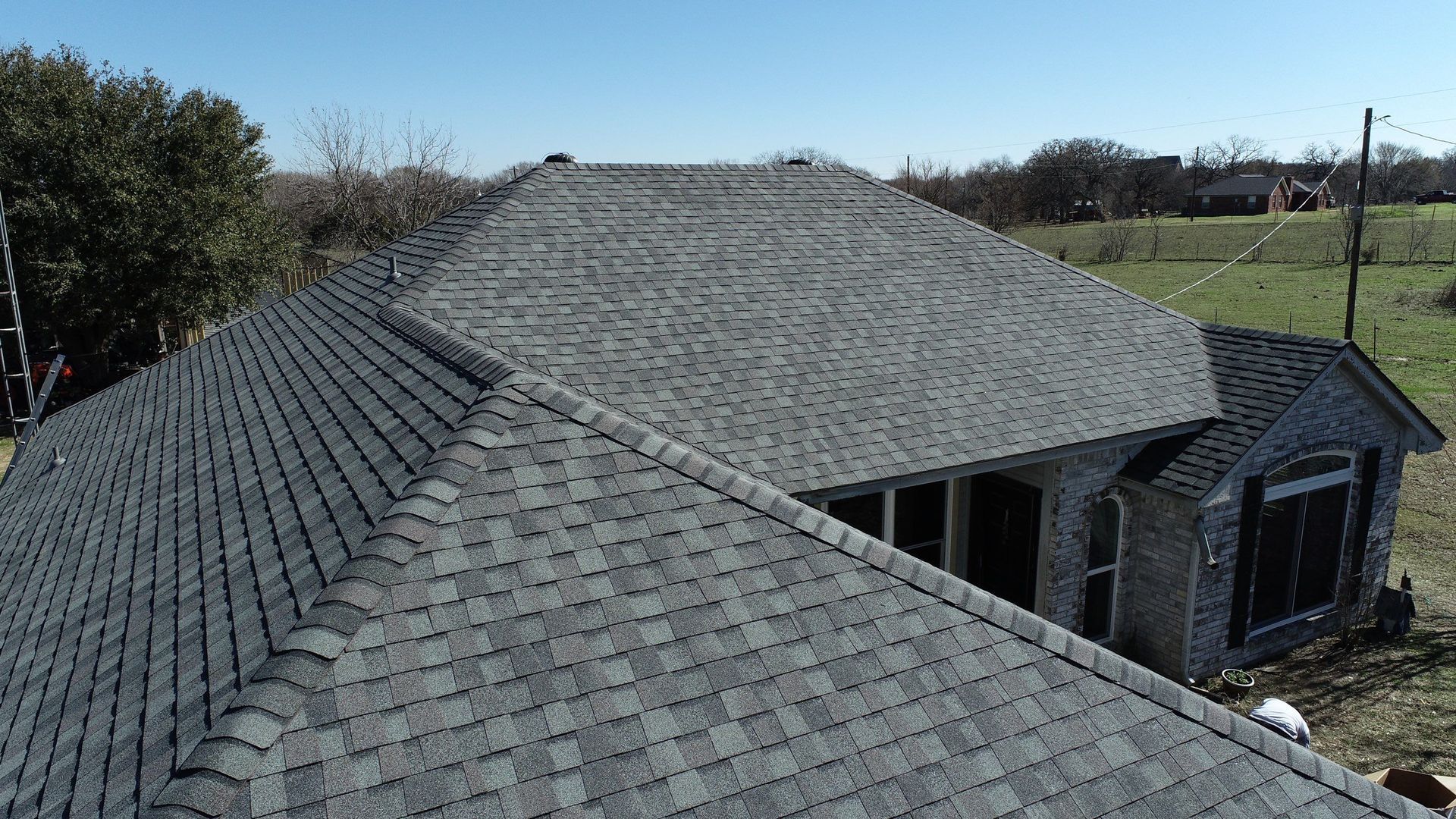Insurance Documentation Tips Before a Storm Hits: Protecting Your Roof (and Your Wallet)
When Texas storm season hits, things happen fast—hail pounds your roof, winds whip debris across your yard, and rain pours in sideways. But when the skies clear, what matters most is how prepared you were before the storm. That’s where smart insurance documentation comes in.
Roof damage can be stressful enough. Don’t add confusion with a messy or incomplete insurance claim. Here’s how to stay one step ahead.

Why Insurance Documentation Matters
Insurance companies require clear evidence of damage—and just as importantly, proof of the condition your roof was in before the storm.
Without this documentation, you may:
- Face
delays in processing your claim
- Receive a
lower payout
- Struggle to prove that damage wasn’t pre-existing
With a little preparation, you can avoid those headaches entirely.
1. Keep a Photo Log of Your Roof’s Condition
Start each storm season with a comprehensive set of “before” photos of your roof and exterior:
- Take
wide shots of all sides of your home
- Include
close-ups of shingles, flashing, gutters, skylights, and vents
- Don’t forget to capture
interior ceilings to prove there were no prior leaks
Use a smartphone or digital camera with time stamps turned on. Store the images in a labeled cloud folder like “Spring 2025 Roof - Before Storm Season.”
💡
Pro Tip: Update your photo log
every 6–12 months or after any major repairs.
2. Save All Roof Inspection Reports & Receipts
Professional inspections are essential—and they’re powerful documentation in an insurance claim.
Make sure to:
- Request a
written report after each inspection
- Save
receipts for maintenance or repair work
- Include any
estimates or notes from your roofing contractor
These documents show your insurance company that your roof was well maintained—reducing the chance of a denied or disputed claim.
3. Track Weather Events in Your Area
After a storm rolls through, don’t rely on memory alone. Start a simple weather log that notes:
- Date and time of storms
- Type of weather: hail, wind, rain, tornado warnings, etc.
- Any visible damage around your property
Use weather websites or local news reports to verify hail size and wind speeds in your ZIP code. This can support your claim and help prove storm impact even if damage isn’t immediately obvious.
📌 Bonus: If your neighborhood experienced similar damage, ask neighbors if they’re filing claims too—this can strengthen your case.
4. Store Everything Safely
Your prep won’t help if your documents get lost or damaged. Here’s how to protect your paperwork:
- Use a
waterproof folder or fire-safe box for hard copies
- Create a
cloud-based backup (Google Drive, Dropbox, etc.)
- Label folders by year or storm season
Include:
- Policy documents & claim numbers
- Agent contact info
- Photo logs
- Inspections & repair invoices
- Any storm event notes or news clippings
5. Bonus Prep: Know What Your Policy Covers
Now’s a good time to revisit your homeowner’s policy and understand:
- Deductible amounts
- What’s covered for
roof replacement vs. repair
- Exclusions for older roofs or cosmetic damage
- Coverage for temporary repairs or water mitigation
If you’re unsure, call your insurance agent for clarification
before you need to file a claim.
Final Thoughts: Prepare Now, Stress Less Later
Storms are unpredictable—but your insurance claim doesn’t have to be. By gathering your documentation before disaster strikes, you’ll be ready to act quickly, confidently, and in a way that gets results.
At Swift Roofing & Designs, we help Texas homeowners prepare for storm season with inspections, photo documentation, and honest advice. If you’d like help getting your roof “claim-ready,” we’re just a call away.
Contact us today to schedule your storm season inspection and get your roof documentation in order!
Request a Roofing Quote
Blog Form
We will get back to you as soon as possible.
Please try again later.
More Posts Like This:
Choose Swift Roofing & Designs for Top Quality Roofing
Need a reliable roofer? We've helped countless clients protect their homes while saving time and money, and we’re ready to help you next.










